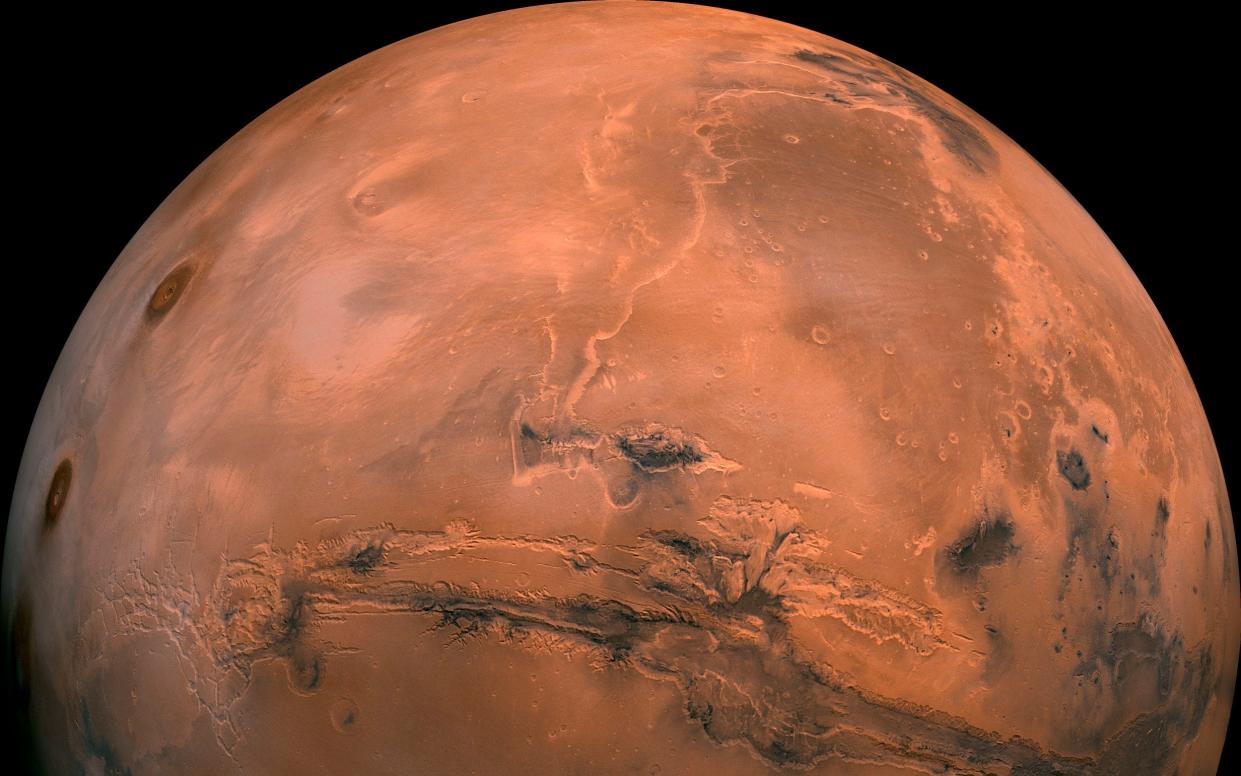Mission to Mars may require astronauts to wear swimming goggles

Swimming goggles could be used to protect astronauts’ eyes on long missions to Mars, a new study suggests.
Experiments by Nasa scientists found goggles protected vision by boosting the pressure of fluid inside the eye.
Astronauts on long missions at the International Space Station have been found to experience changes to their eyes that last for years.
Known medically as intraocular pressure (IOP), the phenomenon can prompt a host of symptoms, including "cotton wool spots" - fluffy white spots on the retina - and swelling of the optic nerve.
Up to 75 per cent of astronauts develop neuro-ocular changes, including decreased visual sharpness.
The effects of microgravity on the circulatory system have been blamed, including shifts in body fluid and increased pressure on the brain.
The new findings were based on 20 men at NASA's Johnson Space Centre in Houston - with ten wearing swimming goggles and the others going eyewear free.
On three separate days they completed exercises while on their back and tilted back head-first - to simulate the effect of physical activity in space.
Dr Jessica Scott, of the Universities Space Research Association, Houston, said: "Swimming goggles firmly compress the skin around the eye."
"These findings suggest modestly increasing intraocular pressure with swimming goggles could be used to mitigate spaceflight-associated neuro-ocular syndrome.
"The addition of swimming goggles was associated with modestly increased pressure, which could reduce some of the adverse effects on the eye of long-duration spaceflights."
The study, published in JAMA Opthalmology, also found that exercise was associated with decreases in pressure in the eye.
NASA hopes to put man on Mars within 15 years after being given an order by Donald Trump to speed up their space operations.
Last month administrator Jim Bridenstine said the president's desire to put humans back on the Moon by 2024 will enable a mission to the Red Planet by 2033.
Many of the dangers of exposure to zero gravity have long been known, such as the loss of bone and muscle mass.
However, the risk to eyesight has only recently emerged.

 Yahoo News
Yahoo News 
